
LinkedIn sponsored content is one of the best ways for B2B companies to generate targeted, qualified leads. An agile strategy — that is, one that involves testing, iteration, and scalability — is ideal to get the most return on your LinkedIn investment, and see campaign conversion rates well above average.
If you (or a marketing team member) can invest daily in your LinkedIn sponsored content strategy, you will gain insights into the messaging, designs, and audiences that work best for qualified lead generation.
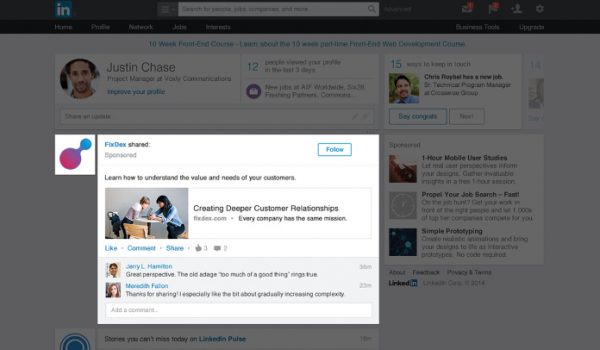
Here are our best practices for B2B marketing with LinkedIn sponsored content campaigns.
Thinking of your ad campaigns as “tests” is necessary to gain meaningful, scientific insights.
A test can be a:
By isolating just one variable, you gain scientific insights instead of mere assumptions. And with these insights, you can scale the most successful tactics.
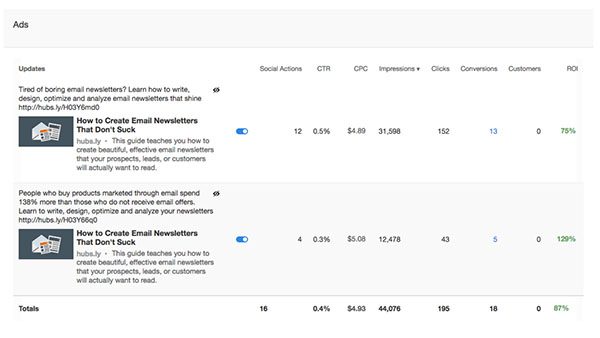
Consider prioritizing tests that will offer you the most insights for your business. For example, imagine the benefit of knowing which type of messaging is more impactful on your audience — value-add, statistic-driven, case-study focused, role or industry specific? With the nature of LinkedIn's oversaturation of ads, as we’ll explain later, it’s advisable to only run 1-2 tests per audience segment at any given time.
Make sure all tests promote custom content, whether it is a content offer download, a webinar signup, or a demo video view.
While it can be cumbersome to build audiences in LinkedIn, it’s crucial to getting your ad campaigns to the right people. Targeted audiences are especially useful for account-based marketing since you can include particular job titles and company names.
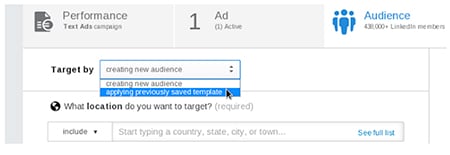
We recommend building out your audiences with several compounding criteria, such as job title + company size. The more criteria you include, the smaller and more targeted your audience will be.
You can name audiences in accordance with your tests, i.e., “Job Title - [A]” and “Job Title - [B],” for a role-driven test, or “SME Account Executives” and “Enterprise Account Executives” for a test related to company size. These distinctions will help you test and manage your campaigns.
A truly agile targeted campaign has an ideal size of between 2,000 – 20,000 audience members. Anything smaller and you will not receive enough impressions. Yet anything larger and you run the risk of becoming too generic and hurting your ad click-through rates.
Tip:
If you care more about lead quality than quantity, particularly if you are running an ABM campaign, turn off LinkedIn’s “Audience Expansion” checkbox. While it can increase your ad exposure, we’ve found this feature can lower the quality of leads coming through.
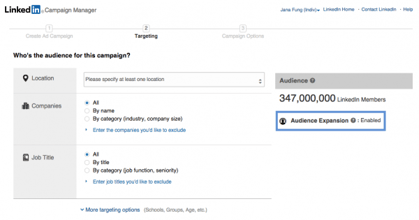
Please note that you will need to be within a campaign setup panel (upcoming instructions to follow) to build an audience for the first time.
Lead generation forms are a great goldmine of paid advertising. In fact, these are so successful that Facebook is planning on rolling out its own version in the future. Below are our tried-and-tested best practices.
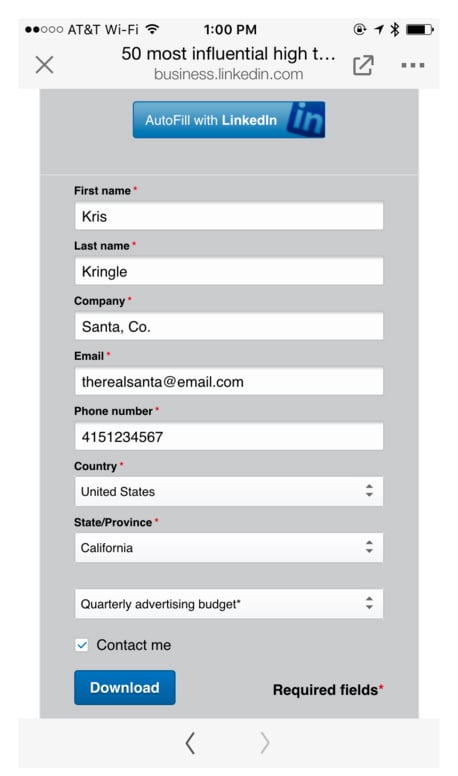
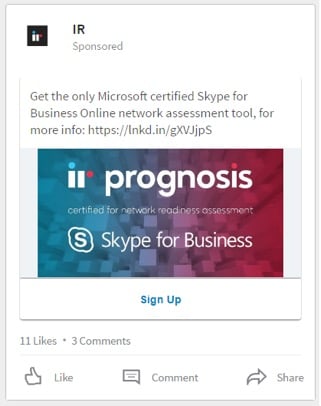
As for how to organize your campaigns, there are several options. But we recommend at least starting by creating a campaign for each individual test you want to run. I.e., “Messaging A/B test to Account Executives.” It’s helpful to include the targeted audience’s name within each campaign name, as we’ll explain later.
Navigate to the “Create Campaign” panel to build your campaigns. Make sure that you select the “Collect leads with lead generation forms” option at this stage to take advantage of LinkedIn’s highly successful lead generation forms tool. Inside a campaign, click the “Create Sponsored Content” button to set up your first ads.
Tip:
As you create your ad, first paste the link to your relevant landing page URL. This will pull some metadata, such as page title and description, to get you started.
Next, include a custom image (the image may be part of your A/B test). It is not advisable to include the automated image unless that is formatted for LinkedIn ads (1200 x 628 px) and high resolution. On your images, make sure to include a CTA “button” on the image, as these have been tested to increase engagement.
Tip:
Our strategists have found the most success with ad copy targeted to job titles and roles. Infographic-driven designs also drive high interest, such as leading with a large statistic or chart.
Write your ad copy in the box. When continuing on to the next screen, you will see an option to choose the appropriate lead generation form. Keep in mind that it’s advisable to keep the link to your website landing page in addition to the LinkedIn lead gen form so your audience has two options to engage and convert.
As for your campaign budget, we advise bidding high on your click bid amount to pull in quality leads, particularly if you are running an account-based marketing campaign where high-value leads (from select accounts) are critical. Remember that you can set an overall daily budget to keep your spending in check.
While LinkedIn’s algorithm is under wraps, we’ve calculated that any individual person can only see the same ad variation once every 48 hours and will only see one ad from your company overall every twelve hours.
This means you must be committed to managing your campaigns and removing lower-performing ads daily to offer high-performing ads the greatest chance for impressions.
So every day, check the analytics on your campaigns:
See here for a B2B Sales Middle of the Funnel Content Checklist
By following this agile process, you will begin to develop a cadence for launching 1-2 tests, measuring results over several days, scaling successful ads for several more days, and launching new tests based on your results. These LinkedIn best practices for B2B will help your program attract and convert target personas. The result is a reliable B2B lead generation program that gives you insights into the messages, designs, audiences, and content offers that generate the best leads for your B2B organization.
by Jonathan Franchell, CEO of Ironpaper - For more tips and hacks: Need to remove a new line after h1 tags? Both web designers and SEO practitioners need to employ headline tags: H1, H2, H3 in several ways to improve web page structure and tag...

The Crowded Arena of the IT Marketplace Updated December 2024 The Information Technology (IT) landscape is experiencing rapid growth and intensifying competition. IT spending is projected to reach nearly 5.1 trillion U.S. dollars in 2024, a...

Updated December, 2024 The field of digital marketing is evolving rapidly in response to new technology and changing buyer expectations. To help career-minded marketers, we’ve rounded up the top 10 skills needed to succeed in the field. These are...

The marketing industry is transforming significantly due to generative AI and increasing market complexity. Gartner's prediction of a 25% decline in traditional search traffic suggests that the era of search engines is dying. AI tools, particularly...
